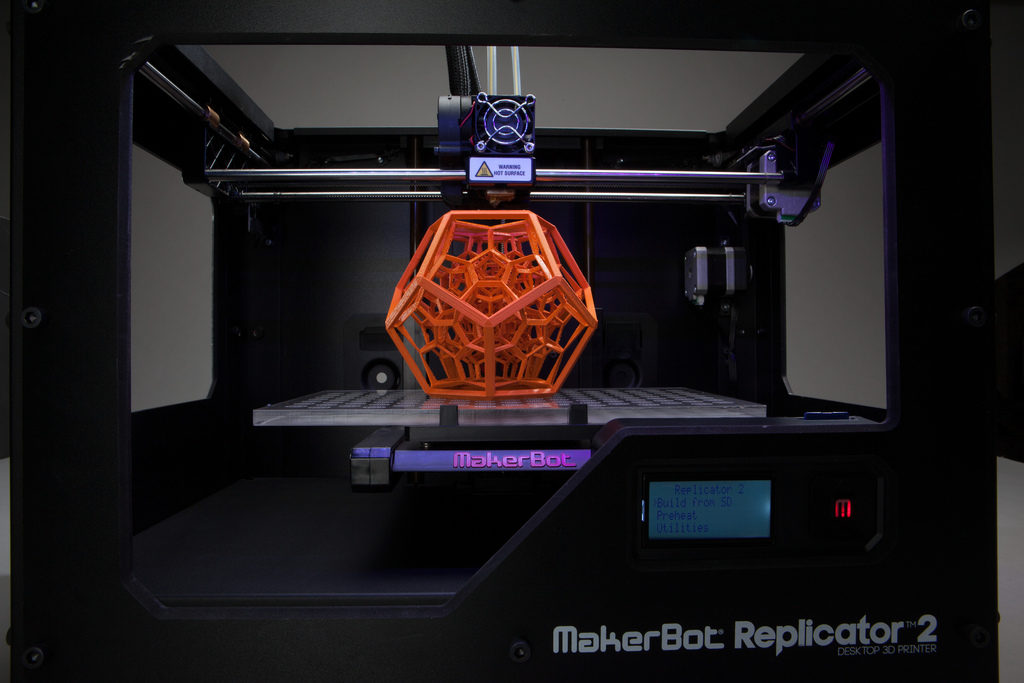Combination locks have been used for a long time to help keep lockers closed and things safe. But how does it really work? In this article, you will learn about how combination locks can help lock your belongings.
The Locking Mechanism
Let’s first dive into how the combination lock can lock and unlock. The parts that help with the locking mechanism include the case (holds the contents inside the lock), the shackle (the curved metal bar securing the locked items), the lever (holds the latch, and has a small piece of thin, bent, metal creating tension), the latch (has a spring which helps lock the shackle in place), and the shackle collar (limits the height that the shackle can be pulled up to). If you watch the video above, you will get a better understanding of what everything looks like. Together, the tension from the lever and the spring in the latch help the shackle snap into place, and unlock the combination lock. As mentioned earlier, the lever is responsible for holding the latch and creating tension inside the combination lock. However, another important part about the lever is the hole inside it. The lever is hollow, and when the cams, or the three circular disks that are inside the combination lock, line up at the correct placements, then the lever can allow the shackle to pull up.
The Cams
Combination locks can be opened with three numbers, ranging from 0 to 39. These numbers are represented on the dial that you turn to unlock the combination lock. However, the only way that the lock will open is if each of the cams are turned at the right angle. Each of the three cams have little notches that collide with each other when you turn the dial. The first cam is connected to the dial, and when you first turn the dial three times to the right, the notches all connect and can rotate together. The first number you rotate to is the placement of the third cam furthest away from the dial. Then, when you rotate the dial one time around to the left and you land on the second number, then you will set the second dial to the correct placement. At this point, the third and the second cam should be set to the correct placement. Finally, when you rotate the dial to the right for the final time, you are placing the first cam at the correct positioning. After this has been done, you will be able to pull on the shackle, which will release the tension and unlock the lock. This happens because the lever is now able to turn and allow the shackle to be released.
These parts all help combination locks keep items safe, and every part is crucial to the turning mechanism of the dial, and the locking and unlocking mechanism of the lock.
RELATED STORIES:
https://home.howstuffworks.com/home-improvement/household-safety/inside-lock.htm
https://wonderopolis.org/wonder/how-do-locks-work
https://www.wikihow.com/Open-a-Combination-Lock
https://www.wikihow.com/Crack-a-%22Master-Lock%22-Combination-Lock






